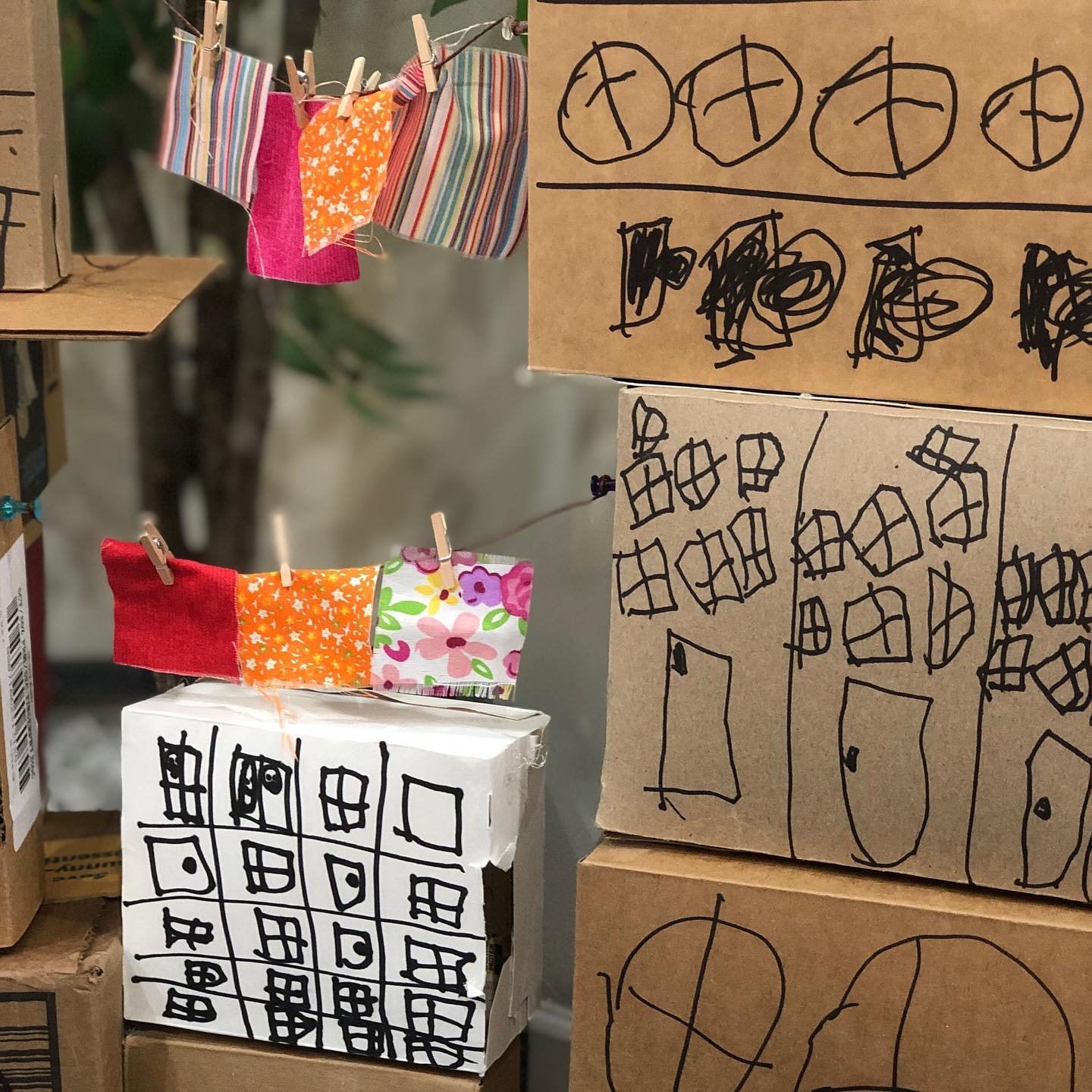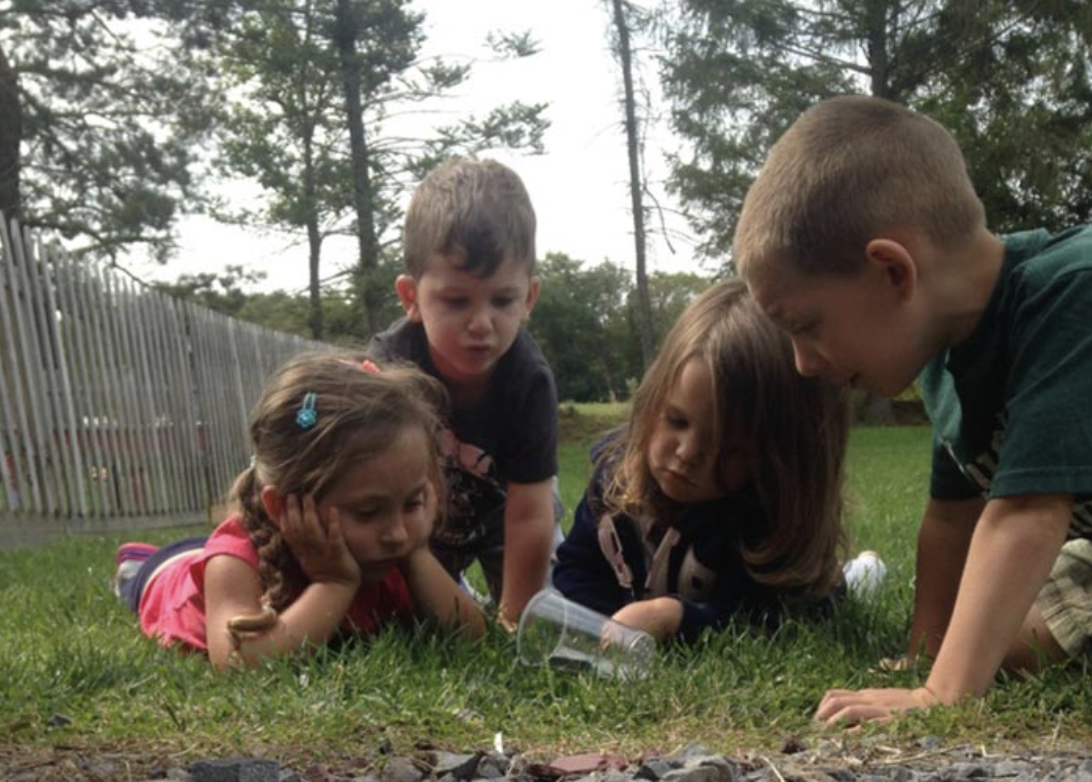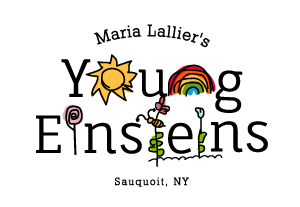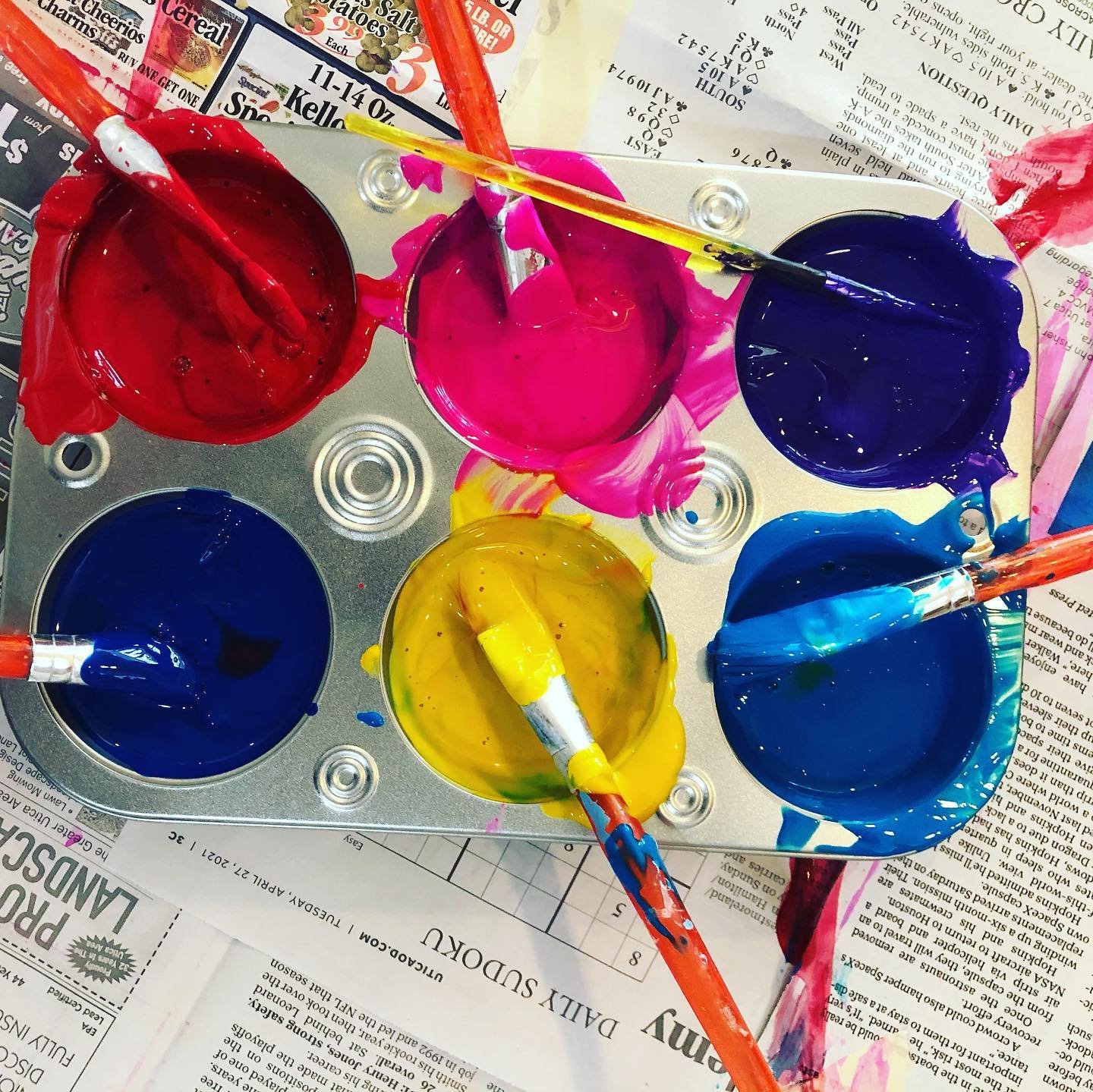
The Reggio Emilia Approach
“To be in the full embodiment of serving children you must meet them where they are.”
Allowing children to explore their environment, express their understandings while educators are involved scaffolding with the child(ren).
The schools of Reggio Emilia derives its name from place of origin, a northern city located in Emilia Romagna, Northern Italy. These schools were built after World War II by a collaboration of parents lead by the founder of the Reggio Emilia Approach, Loris Malaguzzi. A small amount of government funding was given to each town in Italy after the war to use in any way seen fit to restore the sense of community. Malaguzzi believed that young children were contributors to society and saw them as an investment in the future. Malaguzzi and parents worked together in building a foundation that fosters childrens intellectual development through a process of allowing children to explore their environment, express their understandings while educators are involved scaffolding with the child(ren).
-

Teachers as Researchers
Educators have the responsibility to observe and document in the interests, ideas, questions, struggles, connections and insights of the students on a daily basis. The teacher-child relationship focuses on the child’s work itself. It is full with problem solving and problem setting. The child’s work is treated seriously, teachers probe their thinking and listen closely to the children’s suggestions and questions. Dialog between teacher/child and child/child are carefully documented through recordings or writing. Documentation is then reviewed by teachers, to the direction of the curriculum. The teacher is able to guide the child by having a deep understanding of how the child understands and perceives their own discoveries. From the collection of ideas and understandings of the students the environment is then arranged and designed to allow for further exploration and curriculum is built.
-

Classroom Design
The classroom setting plays a strong role in germinating children’s thinking. In Reggio the classroom acts as the third teacher, allowing natural materials for play to promote questions and thinking by the child. Based in the children’s interests and discoveries the environment changes as projects emerge and evolve. Teachers and children work together in arranging the room to promote a sense of ownership to the child as they understand it is equally their space as much as the teachers. Open ended materials are throughout the room to stimulate, inspire and challenge the children. The children are allowed to freely engage in the room, with little adult intervention. The classroom also maintains minimal transitions, to avoid children’s work and engagement being interrupted. This allows the child to maintain strong concentration and focus on their work, pretend play, art projects and sensory projects. The classroom environment is intended for children to be producers, not consumers.
-

Project Work
The Reggio Emilia Approach practices emergent curriculum that is led by the children’s interests and curiosity. Children engage in long-term hands on investigations that allow the children to act as researchers and innovators. The experiences owned by the child transform into hypothesizing and reflection and reflection transforms into new thoughts and new actions. Allowing the child to expand on their work. Ideas and questions are stimulated from the child in many different ways. Children are often working outside in nature where they are exposed to gardening, caring for chickens, observing natural habitat in our pond area, working in our rock garden and going on nature walks. Through questions, reading about topics, talking to experts and visually representing their learning through a variety of media offers them support in their ideas and theories. During this process of investigation academic learning is naturally weaved through their work. Exercising skills of writing, reading, counting, sorting, etc., it allows for a more organic approach in preparing the child with a strong foundation for their formal years of learning. Science, Mathematics, Engineering, Technology activities and experiences are offered daily.
-

Documentation
Documentation in the classroom serves as several purposes. Documentation offers the children in depth learning and extensiveness from their work and investigations. The child is able to revisit and reflect on their thoughts and experiences through the documentation of photographs, video, transcripts of their conversations and ideas, written work and drawings. Documentation makes it possible for parents to gain a better sense of how learning is happening in the classroom and how projects evolve through the children’s lead. Teachers use observation and documentation techniques to capture the understandings of the child. When the teachers collect documentation they are able to gain an understanding of how the child is learning and the child’s perspectives in the daily discoveries happening in the classroom.
“It all begins with an idea. Maybe you want to launch a business. Maybe you want to turn a hobby into something more. Or maybe you have a creative project to share with the world. Whatever it is, the way you tell your story online can make all the difference.”
— Quote Source
“It all begins with an idea. Maybe you want to launch a business. Maybe you want to turn a hobby into something more. Or maybe you have a creative project to share with the world. Whatever it is, the way you tell your story online can make all the difference.”
— Quote Source
“It all begins with an idea. Maybe you want to launch a business. Maybe you want to turn a hobby into something more. Or maybe you have a creative project to share with the world. Whatever it is, the way you tell your story online can make all the difference.”

